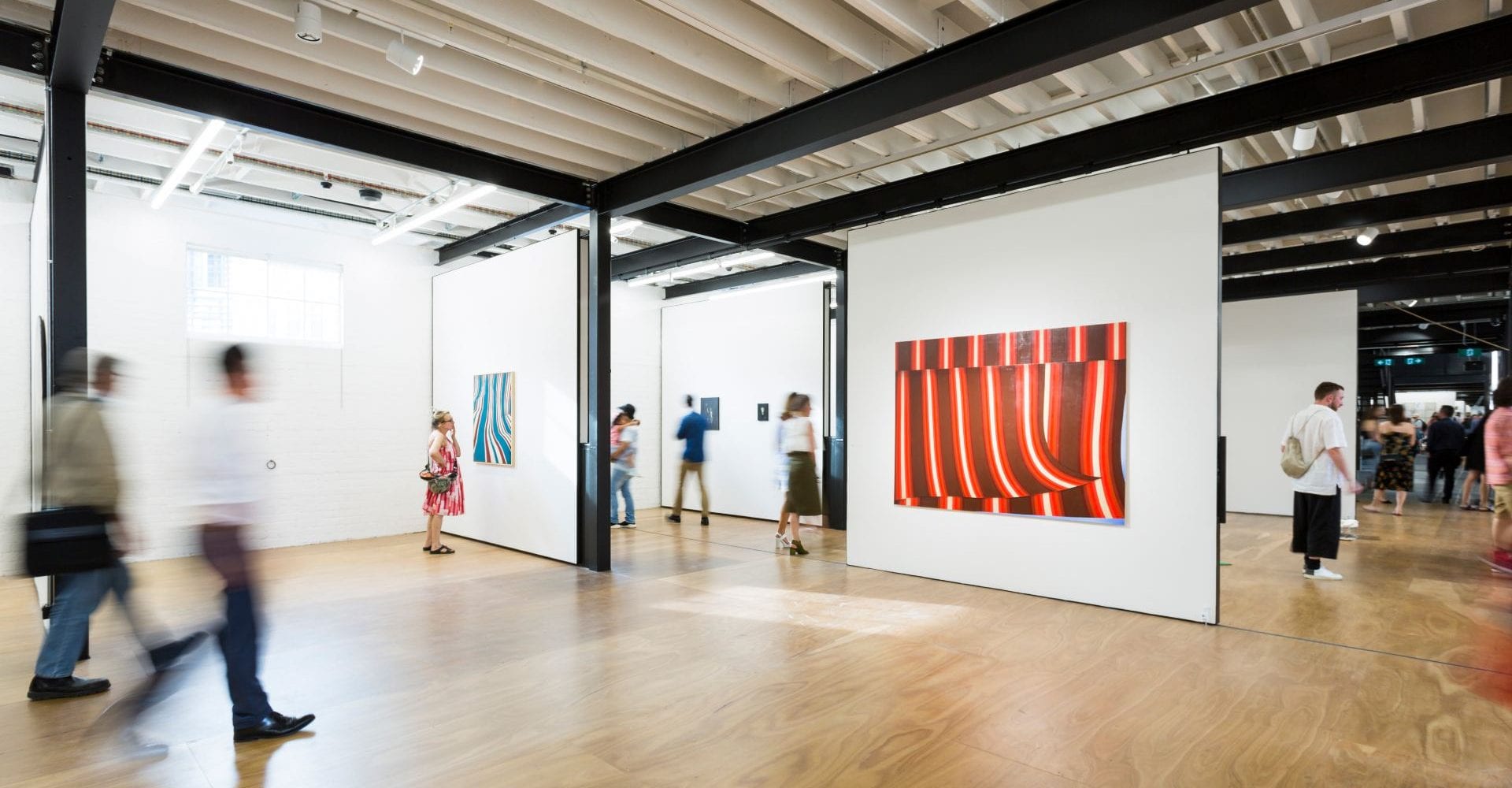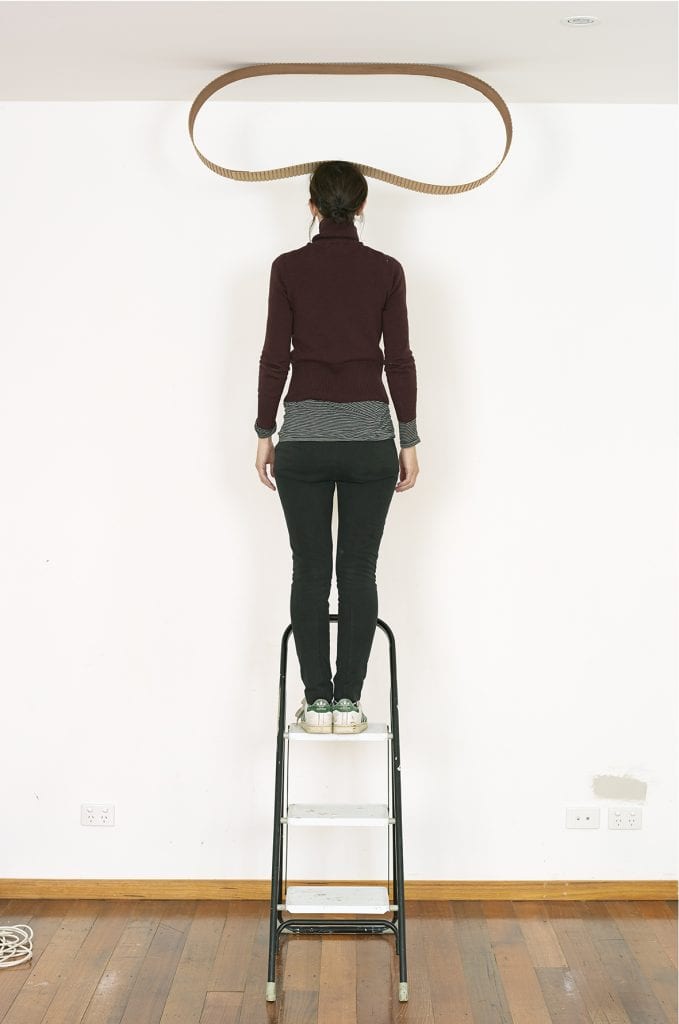Explainer: what is artistic research?

The role of artistic researchers is not to describe their work – it’s something else entirely.
By Professor Barb Bolt, Faculty of Fine Arts and Music.
Talk about scientific research and a few things immediately spring to mind: randomised controlled trials, journal articles, momentous breakthroughs … And while those things are also true in the arts (one need only look at the University’s Music Therapy discipline for proof) the parameters are often different. So, what does “artistic research” in a Faculty such as ours look like?
The terms “artwork” and “work of art” tend to be used interchangeably but it’s useful to tease them apart. The artwork may be defined as the production – the performance, recital, painting, sculptural installation, drawing, film, screenplay, novel, poem or event that has emerged. Meanwhile, the work of art is the work that art does: the movement in concepts, understandings, methodologies, material practice, affect and sensorial experience that arises in and through art and the artwork.
The mapping of this movement allows artistic researchers to identify and argue for the research’s claim to new knowledge, or rather new ways of knowing – which, of course, is what all research does. But the positioning of the researcher as maker and observer, and the multi-dimensional qualities that arise in artistic research, gives artistic research its particularity.
The role of the artistic researcher is not to describe his or her work, nor to interpret the work, but rather to recognise and map the ruptures and movements that are the work of art in a way not necessarily open to others. The artist-as-researcher offers a particular and unique perspective on the work of art from inside-out as well as outside-in.
In August, Dr Simone Slee, former Head of Sculpture and Spatial Practice and now the Research Convenor at VCA Art, as well as being a successful practising artist, was awarded a 2018 University of Melbourne Chancellor’s Prize for Excellence for her PhD thesis: Help a Sculpture and other abfunctional potentials – the first time an artistic research thesis has been recognised with this particular accolade.

As Simone observed in 2016:
Centering myself within the process of the artwork’s production was the most important factor in garnering my voice within the writing. Once I enabled this to occur the project began to drive its own agenda, developing an autonomy that was also akin to an artwork itself. Commencing with the artwork this firstly generated the research questions that then enabled these to be tested, sometimes contradicted, adjusted and clarified, and provoked new questions as they applied to the work.
This centering of oneself within the artwork’s production is the most important factor in giving voice to what has become known variously as practice-led research, practice as research (PAR), creative practice research (CPR) or, more simply, artistic research.
It is a truism to say that words are inadequate to the task of encapsulating the material fact and the experience of the artwork and one could argue that any the kind of discursive mapping process is a distancing device that creates objective “data” and denies the embodied experience that is central to our encounters with art. The artwork must stand eloquently in its own way, and if it doesn’t it fails. In this very important sense, elite art practice is necessarily at the heart of artistic research.
But through mapping the work of art as well as sending their artwork out into the world, artistic researchers offer a unique perspective on art, demonstrating and arguing for the impact of artistic research in the broader realm, and particularly in the academy.
In other words, artistic research has opened the possibility for artists to find their voice in a field where hitherto they have been the object of study by art historians, musicologists, critics, curators, and cultural theorists, amongst others.